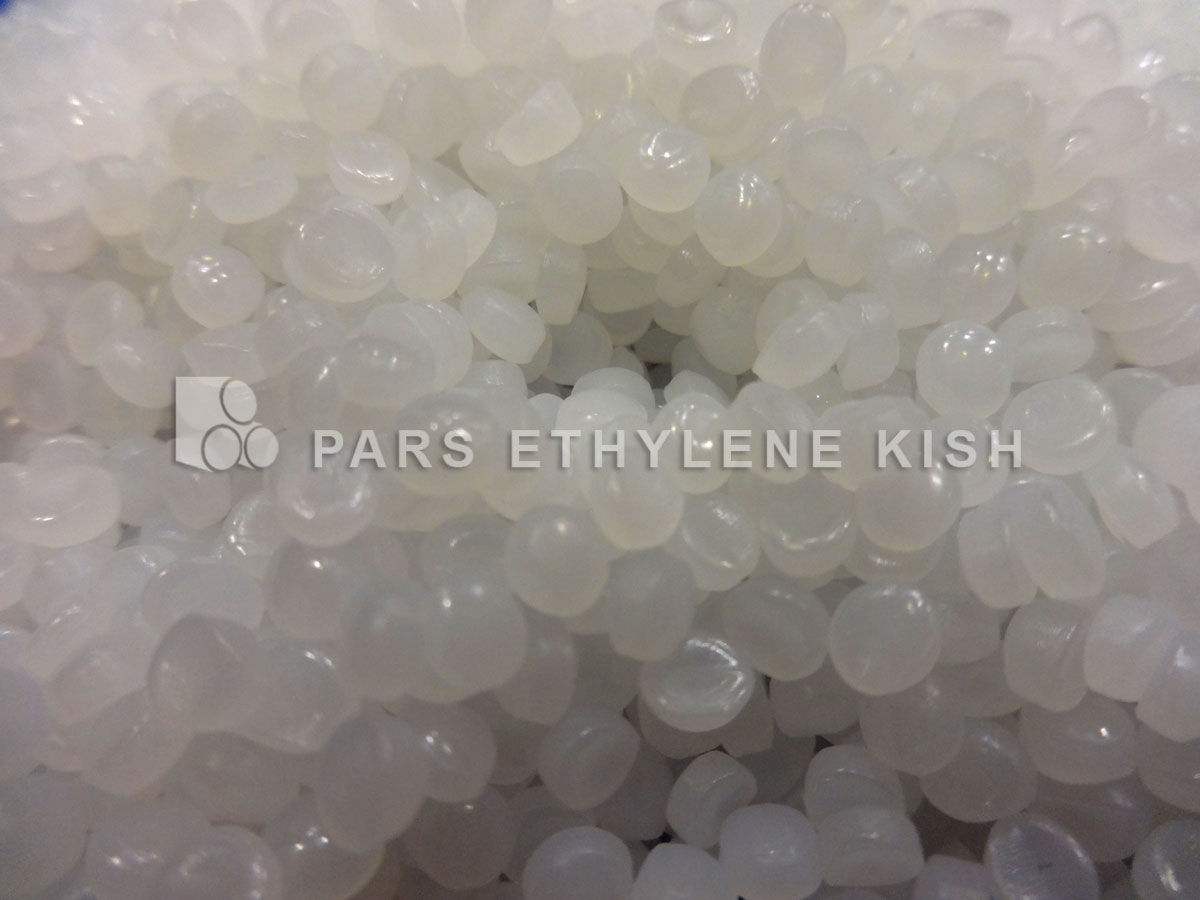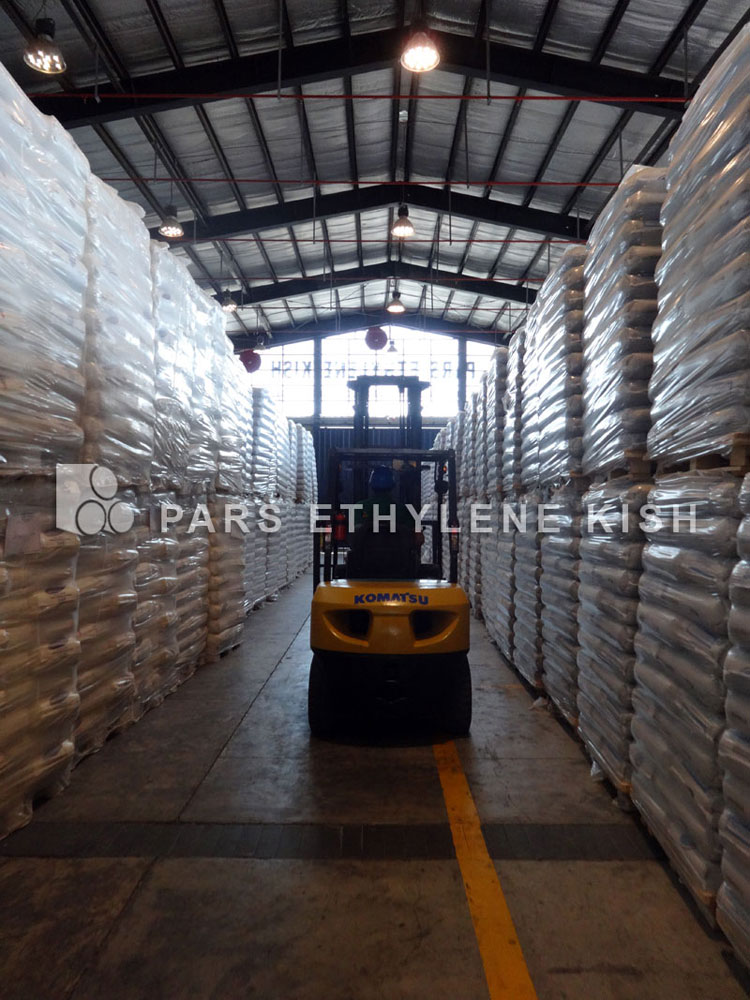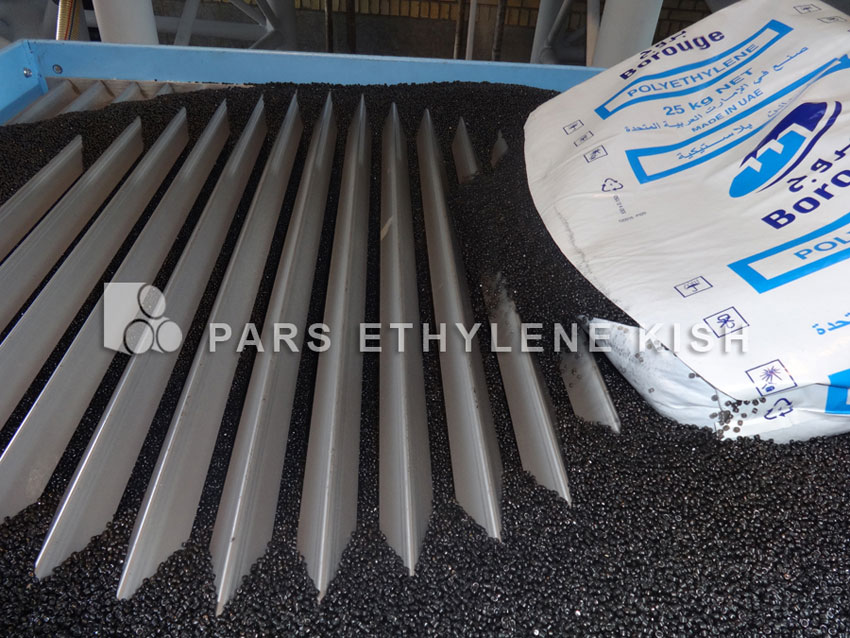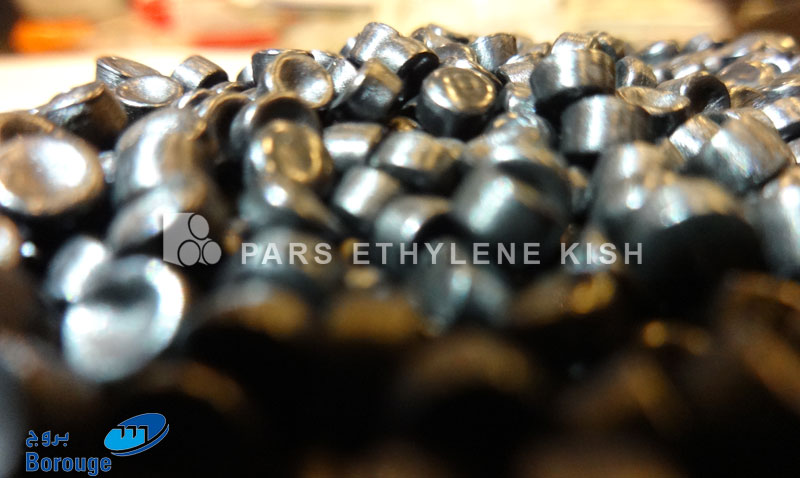
What is the difference between HDPE and LDPE?
Polyethylene and their structure
HDPE and LDPE are two common elements of polyethylene. As we know there are several types of polyethylene; these two types of polyethylene have a special position and have many applications in the industry.
The molecular structures in various types of polyethylene, as well as in heavy HDPE polyethylene and light LDPE polyethylene, affect their behavior. By decreasing the branching of polymeric chains and molecular mass in them, the crystallinity of these polyethylene increases, and density and crystallinity are also directly related.
All polyethylene, although they are identical and called polyethylene in appearance, have different structures, and these structures cause them to have different applications. LDPE is produced by radical free polymerization, and shorter and longer branches in them form a chain of any kind of polyethylene and cause their condensation.
HDPEs are characterized by the minimum branches of the polymer chains, and HDPEs are, unlike the LDPE, very sticky and hard because linear molecules are well closed together during the crystallization stage. LDPEs have low tensile strength and high flexibility because they hold the branch of the molecular chain firmly in a crystalline form.
HDPEs have high flexibility as the molecular chain in them is compressed. In LDPEs, ethylene molecules are randomly joined and attached together and have very irregular shapes; LDPEs are produced at very high pressure and temperature.
In LDPEs, ethylene molecules are randomly joined and attached together and have very irregular shapes; LDPEs are produced at very high pressure and temperature. In HDPEs, linear polyethylene is harder than the branch polyethylene and its tensile strength is high. Branched polyethylene is produced easier and cheaper, and polymerization of HDPEs is carried out at low pressure and temperature.
The LDPE has a high compressive strength, transparency and flexibility and high expansion properties, while HDPE has low compressive strength and is non-transparent and has low flexibility and is not resistant to heat. The chemical resistance of HDPE is much higher than LDPE. LDPEs are able to withstand some mineral acids.
For connection of HDPEs, thermal welding can be used, but fusion welding should be used for LDPE connections. These features makes it possible to use HDPE in insulations in sheet form inside the tanks and LDPEs can also be used in plumbing and connecting water and sewage lines and other places that are not subject to pressure and temperature.
Therefore, according to the above mentioned arguments, it can be said that HDPE is a heavy polyethylene with a small number of lateral chains and its length is short, but LDPEs are created due to the high pressure and high temperature in polymerization, which have a lot of lateral branches, and the chains are irregularly formed and cannot approach each other and have low crystallization, and their density is also low, hence they are called light polyethylene.
Low Density Polyethylene (LDPE)
Other names: ethene hemopolymer, Ethylene hemopolymer, Ethylene polymer This polyethylene has branched chains, so LDPE chains cannot be well bonded to each other, and has less intermolecular force and tensile strength. This type of polyethylene is usually produced by radical polymerization. The properties of this polymer include flexibility and the ability of being decomposed by microorganisms. Polyethylene has low molecular density and compression which also increases its flexibility. This property has caused more than fifty percent of this product to be used in the manufacture of ribbon and sheet for use in clear talc covers, packing linings, covers and luggage. Also, this type of polymer is used to make dishes such as pressurized bottles. Other uses include light polyethylene, wire and cable insulation and paper coating. Polyethylene was first synthesized accidentally by the German chemist Hans Von Pechmanv. In 1898 he synthesized a waxy white compound, which was later called polyethylene, during the heat treatment of diazomethane. The first method of polyethylene industrial synthesis was randomly discovered in 1933 by Aisk Naust and Reinolgargeson (ICI chemists). The two scientists obtained a waxy material by heating a mixture of ethylene and benzaldehyde at high pressures. The reason for this reaction was the presence of oxidizing impurities in the devices which has reacted as the starting material for polymerization. In 1935, another ICI scientist, Michael Perrin, developed this method and synthesized polyethylene under high pressure, which became the basis for the industrial production of LDPE in 1939.
Applications: Polyethylene pipe production material, manufacturing of small containers, producing home dishes, toys, electrical and telecommunication coatings, films, various car parts, sports equipment and laboratory equipment and industrial components

Heavy polyethylene
High-density polyethylene (HDPE)
Other names: ethane hemopolymer, Ethylene hemopolymer, Ethylene polymer Polyethylene comes from oil. Almost every 1.75 kg of crude oil produces one kilogram of heavy polyethylene; this heavy polyethylene is capable of being recycled. And it should be said that the most common and most used and perhaps the first kind of plastics that were produced was heavy polyethylene (HDPE). The molecular chain in this type of polymer is compressed, which is the factor that increases its density. Therefore, flexibility decreases sharply. Although this type of polymer has less impact resistance than light polyethylene, its resistance to chemicals, such as its resistance to fragile environmental stresses, is good. Therefore, this kind of polymer is used in a variety of commercial products such as fuel storage containers, open air chairs, toys, suitcases, high pressure water transfer pipes, sewage pipes and ducts. There is another type of high-density polyethylene namely UHMWPE, which is less common. This type of polymer is harder and stiffer than other types of polyethylene.
Polyethylene was first synthesized accidentally by the German chemist Hans Von Pechmanv. In 1898 he synthesized a waxy white compound, which was later called polyethylene, during the heat treatment of diazomethane.
The first method of polyethylene industrial synthesis was randomly discovered in 1933 by Aisk Naust and Reinolgargeson (ICI chemists). The two scientists obtained a waxy material by heating a mixture of ethylene and benzaldehyde at high pressures.
Various types of materials produced by these products include water pipes, sewer and industrial pipes, toy making, sports equipment, heavy polyethylene films, mineral water bottles and soda bottles, etc.
Heavy polyethylene is initially homogeneous, pure but non-transparent, non-colored and, if necessary, pigments are added to them. These materials are used in white, red, blue, yellow, green, black and sometimes even in the color of their raw materials. They are electrical insulators and will be damaged by direct heat.


